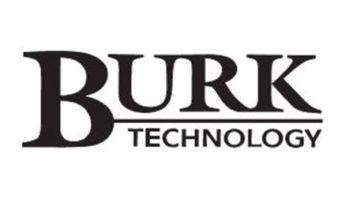
The Telecommunications Industry Association has weighed in on the FCC’s suggestion for broad revisions to rules surrounding evaluation and approval of RF devices.
In an effort to “keep pace with the accelerating introduction of an ever-expanding breadth of devices and products into the marketplace,” in July the commission issued a Notice of Proposed Rulemaking on equipment authorization for radiofrequency devices.
The FCC is proposing changes to rules that govern the evaluation and approval of RF devices for sale in the United States. Since the commission last addressed these procedures some 15 years ago, the market has changed drastically in the way in which RF equipment is designed, manufactured, and marketed, the agency wrote in its NPRM. “Today’s RF devices are evolving more rapidly than ever before, and we anticipate that the evolution will continue and even accelerate.”
From the get go, the TIA has expressed support for the reforms suggested by the FCC NPRM, saying the changes will improve the equipment authorization process and ensure that rules protecting against harmful interference are followed. The association addresses standards development, policy and advocacy issues for manufacturers and suppliers of high-tech communications networks.
According to TIA, the new rules would help enable investment in new products such as software-defined radio and modular transmitter-based devices that are central to the deployment of the Internet of Things (IoT)-connected devices.
In its filing, TIA clarified its support for a number of items in the proposed rulemaking, including proposed improvements on the certification of equipment and changes to short- and long-term certification grant confidentiality rules.
TIA is a trade association representing the information and communications technology industry; members include telecom, broadband, mobile wireless, IT, networks, cable, satellite and other industries.
One broadcast observer expressed reservations over whether such additional guidelines are necessary. “In general, broadcasters have felt that there are already lots of existing FCC, CEA and other organizational vested-interest rules, specifications, prohibitions and guidelines on electronic device design, manufacture and performance,” this industry engineering source said. “Too many are not — and in many cases cannot — be adequately or realistically enforced.”
“It may be too late for these proposals to do a lot of good or be very effective,” he said, though he added that there may be room for additional regulation when it comes to the unchecked “electronic wild west” that surrounds IoT.
The comment period for the proposed rules on the RF NPRM was extended. Reply comments are due on or before Nov. 9, 2015.












